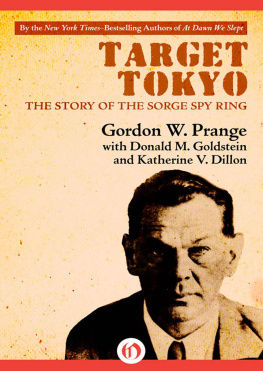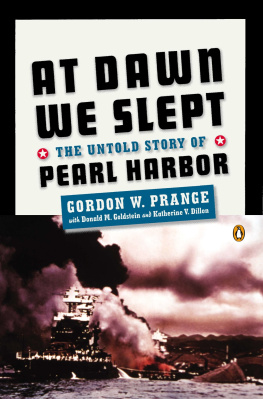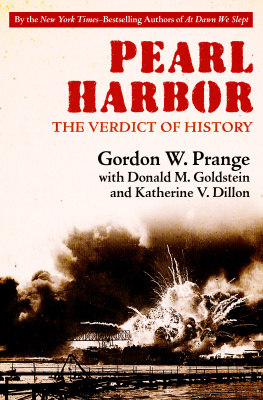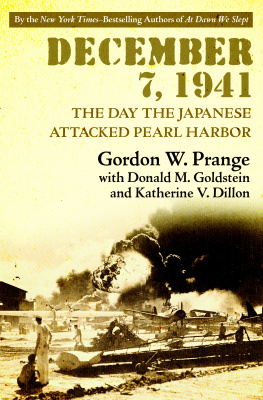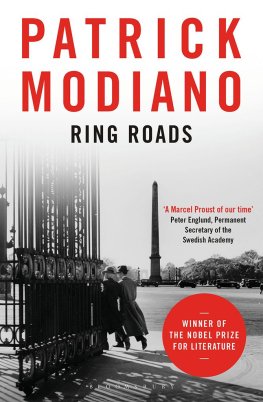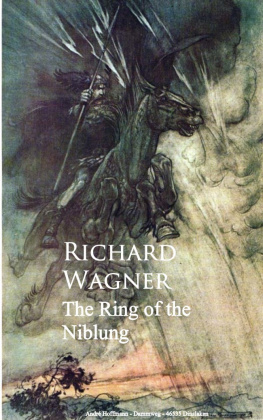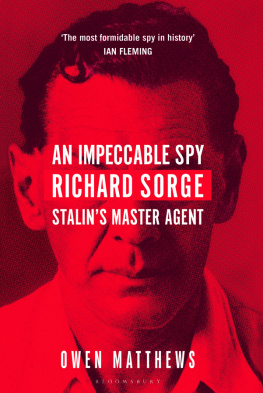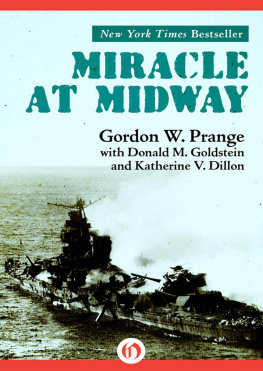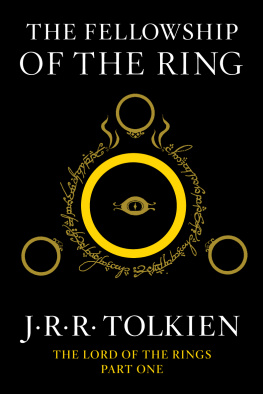Gordon W. Prange - Target Tokyo: The Story of the Sorge Spy Ring
Here you can read online Gordon W. Prange - Target Tokyo: The Story of the Sorge Spy Ring full text of the book (entire story) in english for free. Download pdf and epub, get meaning, cover and reviews about this ebook. year: 1984, publisher: McGraw-Hill, genre: Non-fiction. Description of the work, (preface) as well as reviews are available. Best literature library LitArk.com created for fans of good reading and offers a wide selection of genres:
Romance novel
Science fiction
Adventure
Detective
Science
History
Home and family
Prose
Art
Politics
Computer
Non-fiction
Religion
Business
Children
Humor
Choose a favorite category and find really read worthwhile books. Enjoy immersion in the world of imagination, feel the emotions of the characters or learn something new for yourself, make an fascinating discovery.
- Book:Target Tokyo: The Story of the Sorge Spy Ring
- Author:
- Publisher:McGraw-Hill
- Genre:
- Year:1984
- Rating:4 / 5
- Favourites:Add to favourites
- Your mark:
- 80
- 1
- 2
- 3
- 4
- 5
Target Tokyo: The Story of the Sorge Spy Ring: summary, description and annotation
We offer to read an annotation, description, summary or preface (depends on what the author of the book "Target Tokyo: The Story of the Sorge Spy Ring" wrote himself). If you haven't found the necessary information about the book — write in the comments, we will try to find it.
Target Tokyo: The Story of the Sorge Spy Ring — read online for free the complete book (whole text) full work
Below is the text of the book, divided by pages. System saving the place of the last page read, allows you to conveniently read the book "Target Tokyo: The Story of the Sorge Spy Ring" online for free, without having to search again every time where you left off. Put a bookmark, and you can go to the page where you finished reading at any time.
Font size:
Interval:
Bookmark:

Target Tokyo
The Story of the Sorge Spy Ring
Gordon W. Prange with Donald M. Goldstein and Katherine V. Dillon

CONTENTS
INTRODUCTION
This book represents the third of the manuscripts that the late Gordon W. Prange, professor of history at the University of Maryland, had prepared but not published at the time of his death. The first of these studies was At Dawn We Slept: The Untold Story of Pearl Harbor; the second was Miracle at Midway.
While Prange was in Japan during 1964 and 1965, Readers Digest suggested the subject of the Richard Sorge spy ring. He began work on it immediately, and the Digest published a condensation in the January 1967 issue, under the tide Master Spy.
The Sorge story fascinated Prange. Over the next seventeen years he continued his research on the subject and his work on the manuscript with the view to publication. Because his main field of expertise at the time lay in Japan and events leading up to the Pacific war, he decided to concentrate upon the spy ring that Sorge established in Tokyo, using only so much material connected with his early life and the spy ring he headed in Shanghai as was necessary for an understanding of the man, his methods, and his associates. Sorges Tokyo operation is much the more important historically.
Originally Prange planned that his manuscript be published without source notes. In this decision we disagree. The historical nature of this book requires source notes; so much of this story is the stuff of which legends are made that credibility demands documentation. By far the most time-consuming contribution we have made to this book has been tracking down and recording the sources. This book is the most thoroughly documented study of the subject available in English.
Pranges voluminous files failed to disgorge the origin of a number of quotations and incidents, but we have been able to pinpoint the sources. In this connection we are most grateful to William Lewis of the Military Records Department, National Archives Records Center, Suitland, Maryland.
In the course of our work on this project we discovered material in the Prange files that he intended to work into his manuscript, and we have made use of it where appropriate.
The Preface, Introduction, and Conclusion are our work. Prange ended his manuscript with what is now the Epilogue, and dramatically he was right to do so. However, we believe that some conclusions remained to be drawn, and we have taken the liberty of doing so. For the rest, we have pruned and edited; we have not improvised.
We should mention certain aspects of the text. In Japan the family name precedes the given name. However, for the sake of clarity and uniformity we have adopted the Western usage of given name firstfor example, Hotzumi Ozaki rather than Ozaki Hotzumi.
Transliteration of Japanese names is no simple matter. One ideograph can represent more than one pronunciation. For example, the ideographs of Ozakis given name are frequently rendered as Shujitsu, but Ozaki preferred Hotzumi. In all cases we have used the transliteration accepted by Japanese scholars.
Since the days of Richard Sorge many places in the Far East, especially in China, have been subject to a major change in Western spelling and even to change of name. We have retained the names current in his time, for as such they appear in the testimony and in most cases the traditional name is more familiar to Westerners.
In a few instances, for clarity and dramatic effect, Prange changed indirect quotations to direct quotations. But neither Prange nor we have put words into anyones mouth. When a thought is expressed as a direct quotation, evidence of that thought in exactly those words appears in the source document or interview.
Many direct quotations are not in perfect English. Except for a few occasions when clarification is necessary for understanding, we have followed Pranges practice of leaving the quotation as it came from the hands of his translator. In many cases a triple translation was involved!from the original English or German into Japanese, then into English for this study. Further adjustment might only confuse the sense further. Then, too, the slightly Japanese flavor and rough-cut texture carry their own authenticity, and indeed, men who are testifying with their lives in the balance seldom have the time or inclination to worry about their grammatical structures.
The major primary source for the Sorge case is Gendaishi Shiryo, Zoruge Jiken (Materials on Modern History, the Sorge Incident), published in Tokyo in 1962. This is made up of surviving records of the interrogations and procedures of the investigation that followed the arrest of Sorge and his key associates in the fall of 1941. Important related sources are two documents prepared in the office of Major General Charles A. Willoughby, G-2 (Intelligence), Far East Command, Tokyo, for presentation to the United States House of Representatives Committee on Un-American Activities. These are entitled A Partial Documentation of the Sorge Espionage Case and Extracts from an Authentic Translation of Foreign Affairs Yearbook, 1943, Criminal Affairs Bureau, Ministry of Justice, Tokyo, Japan. Another valuable G-2 study, The Sorge Spy RingA Case Study in International Espionage in the Far East, has been reproduced in the Congressional Record. Much authentic and hitherto unpublished primary material came from personal interviews that Prange or persons acting for him conducted in Japan.
We have divided this narrative into four parts. The first, Forging the Ring, covers biographical backgrounds of Sorge and the major members of his apparat, their selection for the Tokyo assignment, their contacts, and their modus operandi. This section closes with the arrest and torture of Teikichi Kawai. The second part, Turning the Ring, opens with the February 26, 1936, Incident, when for the first time the apparat functioned as a true unit, and closes with the Tripartite Pact. During this period the spy ring was exceedingly active, and both Sorge and his principal assistant, Hotzumi Ozaki, rose to positions of considerable prestige and influence in their respective spheres. The third portion, Spinning the Ring, covers events in 1940 and 1941, with particular emphasis upon the German attack on the Soviet Union, Moscows failure to heed Sorges warnings thereof, and Sorges subsequent frantic efforts to determine whether Japan would follow Germanys example. The fourth part, Breaking the Ring, deals with the capture of the apparat members, their imprisonment, trials, and fate.
Grateful thanks are due to those interviewed for this study; their names appear in the list of interviews. Many of these people not only contributed such information as they knew firsthand but also recommended others who they believed might be able to help with the project. As always, Pranges Japanese representative, Masataka Chihaya, was a tower of strength; so was Seiichi Fukuoka, at that time head of Readers Digests Tokyo Bureau. Special acknowledgment is made of the contribution of Ms. Chi Harada, who conducted a series of exceedingly important interviews on Pranges behalf after he had left Japan early in 1965 and who translated much of Ms. Hanako Ishiis memoirs.
On this side of the Pacific we should like to single out Kiyoshi Kawahito, who translated much of the Japanese source material that is absolutely basic for any work on Sorge and, in addition, offered illuminating comments upon it. We should also like to cite a number of Pranges students at the University of Maryland who prepared papers on various aspects of the case and otherwise helped in research. All provided interesting viewpoints and suggestions. They are: Mark Arisumi, James H. Carter, Larry Hall, H. W. Henzel, Hideo Kaneko, Sarah Marie Mumford, William Renzi, T. George Sakai, Jeff Singman, James M. Sweeney, Milton J. Uzelac, Thomas E. Volz. There may be others of whose names we are not aware. If so, we ask their pardon.
Font size:
Interval:
Bookmark:
Similar books «Target Tokyo: The Story of the Sorge Spy Ring»
Look at similar books to Target Tokyo: The Story of the Sorge Spy Ring. We have selected literature similar in name and meaning in the hope of providing readers with more options to find new, interesting, not yet read works.
Discussion, reviews of the book Target Tokyo: The Story of the Sorge Spy Ring and just readers' own opinions. Leave your comments, write what you think about the work, its meaning or the main characters. Specify what exactly you liked and what you didn't like, and why you think so.

